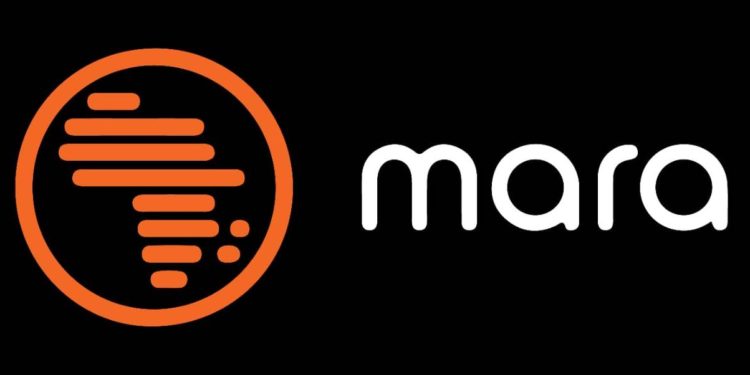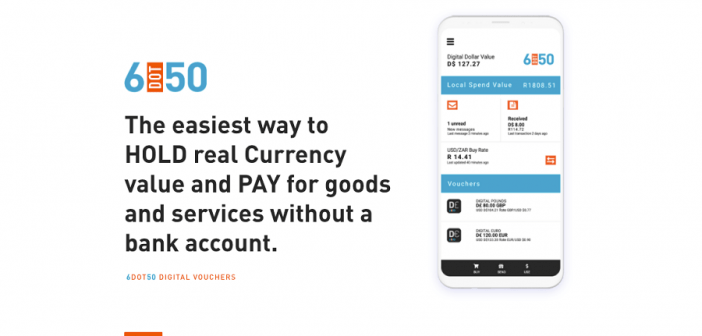Zenith Chain’s Jonathan Emmanuel shares some insight on designing ‘Africa’s first blockchain platform’ and launching onto the Metaverse

Blockchain technology is one of the most bizarre ideas now powering the digital world. As many have pointed out, technology will serve as the foundation for numerous advancements.
This comprises coins, tokens, NFTs, DeFi, and, most recently, the Metaverse.
Despite its significance and significant role in the future of technology, few people, particularly in Africa, understand what Blockchain is and why it is so vital. To many Africans, blockchain, and more especially cryptos, are all Western ideas that Africans have accepted in order to give themselves a better chance at life.
In other words, just as Binance Smart Chain, Ethereum, Ripple, and others developed their own blockchain backbones, Zenith Chain has built its own blockchain platform to fuel space breakthroughs. In an interview, the company’s Founder and CEO, Jonathan Emmanuel, insisted that the platform is one of the best blockchain platforms the world has ever seen.

In The Begining
Blockchain has traditionally been seen as a Western technology. So, what inspired this African founder to begin on the adventure of constructing Africa’s first blockchain facility?
According to the CEO, Zenith Chain was conceived in November 2020, when Ethereum’s gas fees rose for the first time. This increase resulted in a similar increase in the cost of Ethereum transactions. This was owing to the Eth blockchain’s NFTs, DeFi, and gaming apps.
*Ethereum is by far the most used platform for blockchain development – especially when it comes to the development of decentralized apps.
Limechain
According to Jonathan, public blockchains, such as Ethereum, face the risk of poor transfer speeds and expensive transfer costs despite the fact that they are relatively anonymous to the extent that they are available for usage. Private blockchains, on the other hand, offer minimal gas fees and rapid transfers since the owners typically have full control of the validators, as opposed to public blockchains, where validators are owned anonymously. Zenith Chain was formed as a cross between the two.
“I thought to myself, if blockchain is going to be the future of money, I don’t think anyone is going to pay this high a gas price.” I shouldn’t have to spend $200 just to transfer $10. So I conducted some study and came up with Zenith Chain, a hybrid blockchain.
“We combined the greatest parts of private blockchains, such as transfer speed, and the best parts of public blockchains, such as interoperability and smart contracts, and created Zenith Chain, which is a hybrid blockchain,” he explained.
The CEO and Rajesh Chinnadurai, who acts as CTO, co-founded the company. The fundamental goal was to address the issues with gas fees that have arisen on Ethereum. The CEO stated that his team just needed three months (January to March 2021) to enter Beta. The blockchain, including the Zenith token, was entirely ready for launch by October 2021.
According to the CEO, Zenith Chain’s transaction speed is currently 1.5 seconds, and the transaction charge is less than 1 cent (less than N5). Smart contracts from other blockchains are also supported by the platform.
“We have an edge over all other blockchains. Our edge over Ethereum is the transaction speed and the transaction fees. Nothing can ever get delayed on the Zennith Chain platform. BSC (Binance Smart Chain) network is bonded by 21 validators. If they decide to increase it, the blockchain will turn off and there will be a lot of congestion on it. On Zennith Chain, our nodes and validators keep increasing. Right now we have 110 nodes and 100 validators. By the end of Q1 2022, we are hoping to be at 1,000 nodes and 1,000 validators.”
Jonathan Emmanuel, CEO, Zenith Chain
While he acknowledged that a blockchain platform such as Solana had over 1,000 validators, he stated that the platform lacked the capability to efficiently operate them. As a result, the platform occasionally shuts down due to a high volume of transactions.
He also claims that Zenith Chain outperforms other blockchain platforms in terms of interoperability, as it communicates with other blockchain systems. He stated that his platform now has a bridge that talks with BSC and that he is in the process of developing a decentralized exchange that will allow it to communicate with Polygon, Solana, and Ethereum. This gives apps that use the Zenith Blockchain a significant advantage.

NFTs and the Metaverse’s Role of the Zenith Chain
Non-fungible tokens (NFTs) are one of the most significant phenomena enabled by blockchain technology. They provide artists and other creators with the chance to create or preserve their works in virtually unrivaled digital and virtual formats. NFTs can be highly pricey due to their one-of-a-kind nature.
Unfortunately, not many people understand what NFTs are, as they appear to be rather remote even to those who are more digitally inclined. This lack of understanding may cause concern for many people who struggle to stay up with digital trends, particularly as the globe accelerates into the era of virtual reality.
Jonathan provided additional insight into NFTs, explaining that NFTs make a specific piece of art or music distinctive. This means that it cannot be recreated or reproduced elsewhere. He stated that NFTs are extremely beneficial in the fight against copyright infringement and piracy since they make an object or piece of art difficult to reproduce.
“Today, there are a lot of copyright infringement all across the world.” Musicians are frequently subjected to copyright violations; people take paintings and music, replicate it, and resell it. However, with NFT, once a photograph or painting is minted, it becomes the only one in existence. If someone wants to verify the legitimacy, they just copy the address and paste it into the block explorer.
A block explorer is an online tool that enables you to search for real-time and historical information about a blockchain, including data related to blocks, transactions, addresses, and more.
Gemini Cryptopedia
The CEO also stated that NFTs are critical to the digital world, particularly the metaverse, which is one of the most bizarre innovations available today. And, despite how complicated many believe NFTs are, they are actually quite simple to mint and create because they do not involve coding.
“At Zenith Chain, we are developing an NFT marketplace that will let you to effortlessly mint NFTs.” We are also creating a one-of-a-kind marketplace for musicians to mint their music so that when they want to sell their music or record, once they mint a piece of it, it can never be copied,” he said.
Jonathan sees the metaverse as a digital environment that people are working together to construct. It enables people to digitally remake themselves as well as own digital assets.
The blockchain specialist describes it as Web 3.0 and says his organization just wants to operate as a backbone for the many technologies that will help support the metaverse.
“We will be assisting in the scaling of transactions, as well as the minting and holding of NFTs, because everything you do on the metaverse will be using NFT.” We, the founders, have no influence over it.”
Looking ahead
The year 2021 was a good one for technology companies in general, and the blockchain area was no exception. On the space, innovations such as NFTs, DeFi, and the metaverse were heralded. These improvements opened the door to an infinite number of possibilities, making a platform like Zenith Chain incredibly intriguing.
Jonathan stated, when asked about the future and what it holds:
“The year 2021 was fantastic for me and my startup.” We launched the first hybrid blockchain, which has a wide range of applications. We got up to a lot of exciting things. We went from an io to a public company, raised over a million dollars from our community, and were listed on seven exchanges in all. It was an exciting year.
“2021 was an intriguing year, and we hope to do even more interesting things in 2022.” We expect to onboard 1 million users by the end of Q2 2022. We are also considering inviting a number of organizations that are currently on ERC (Ethereum Request for Comment) and BSC to build on Zenith Chain. “The first is USDC and USDT to create a stable coin on the network,” he explained.
According to the founder, this step will help generate a lot of promotion and PR for the Zenith blockchain, after which it wants to get a lot more smart contracts.







